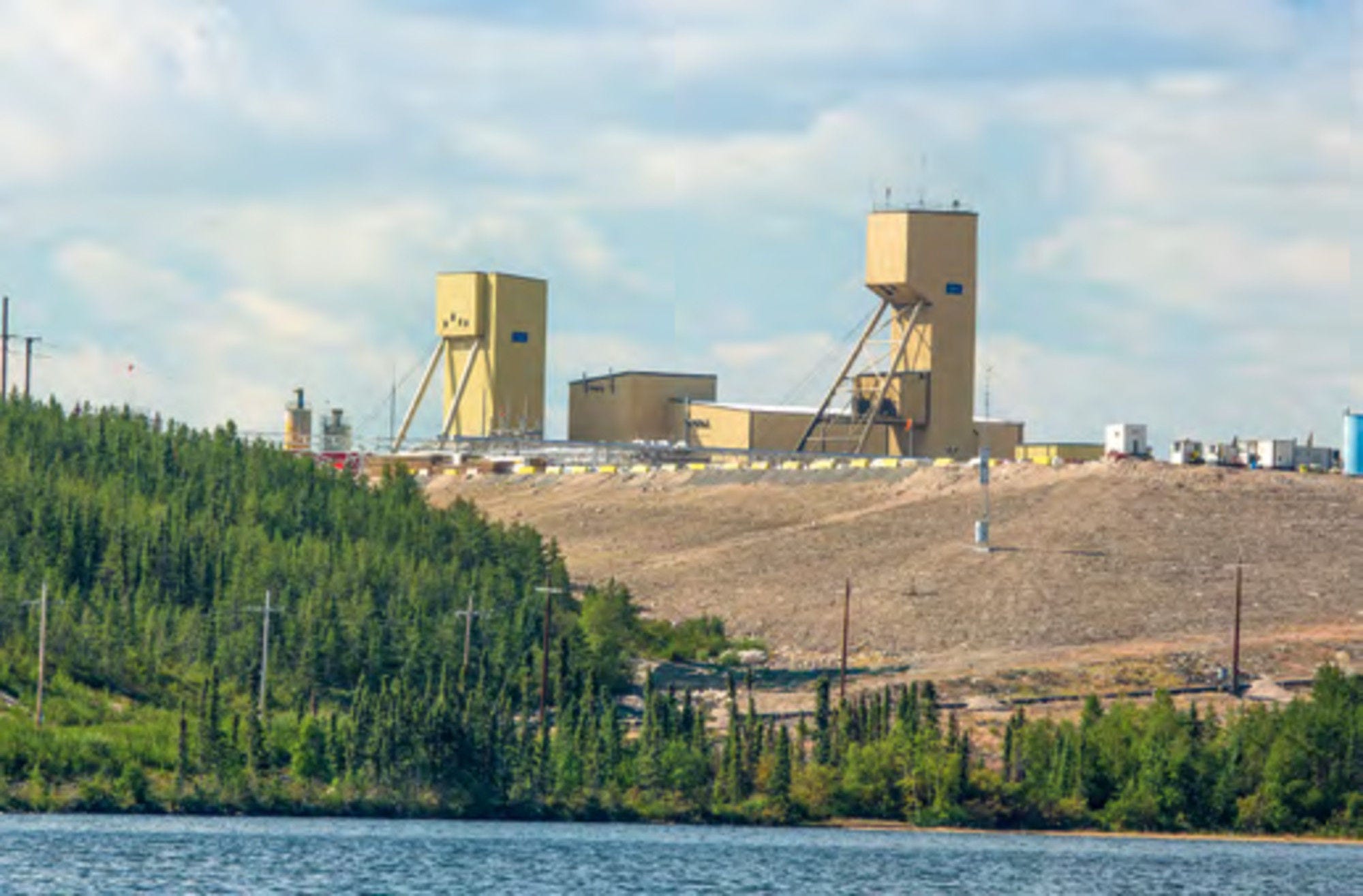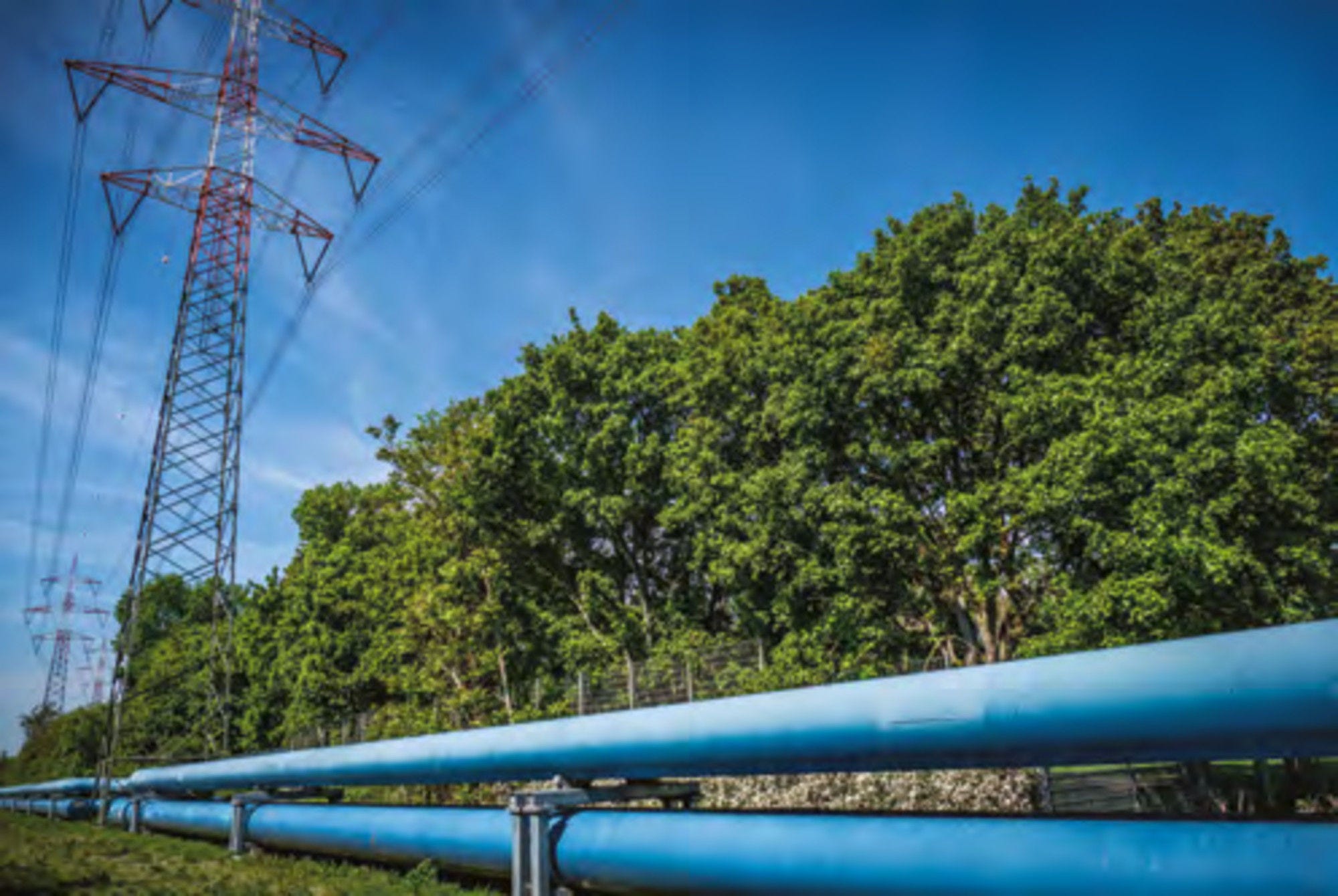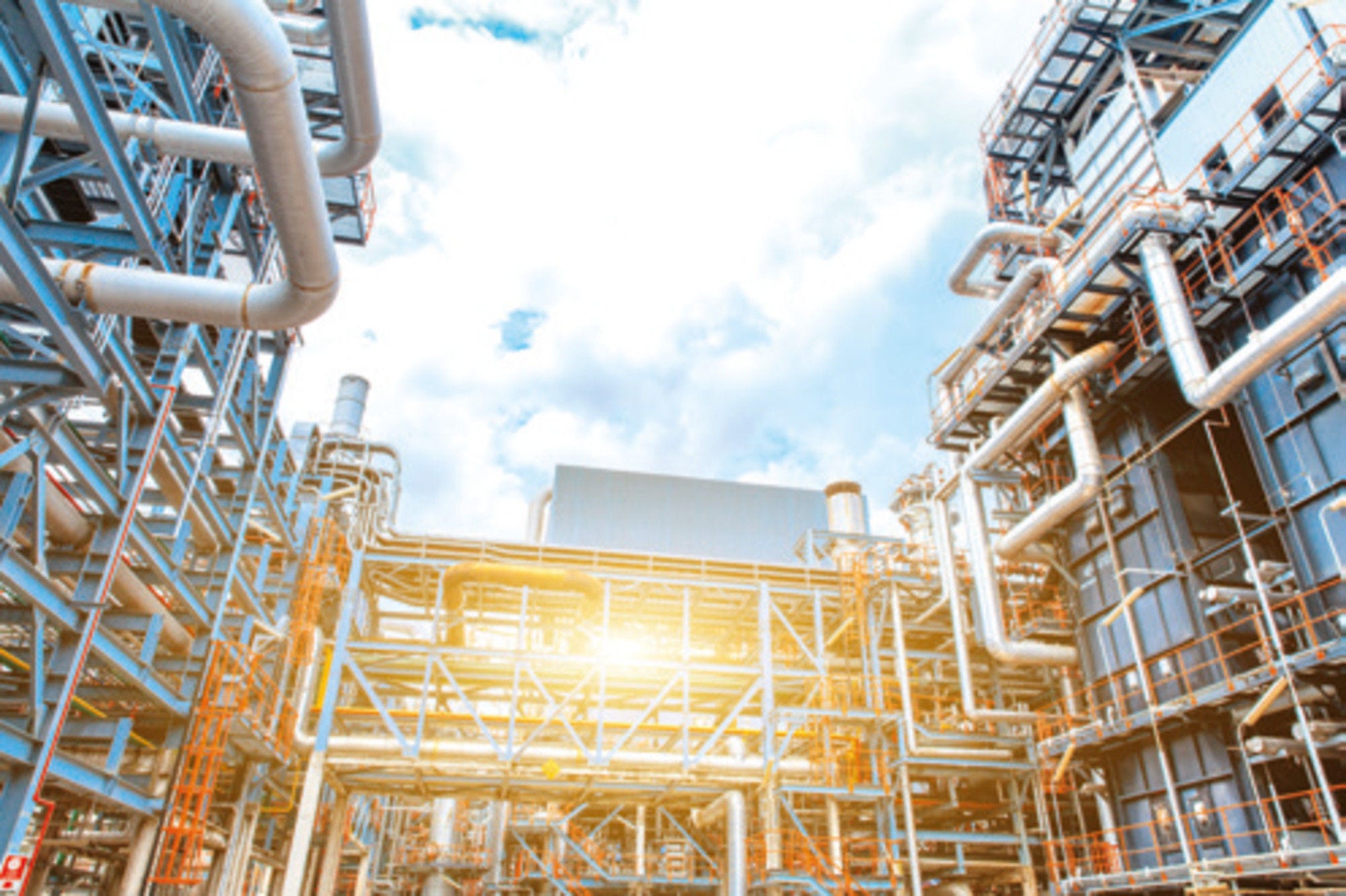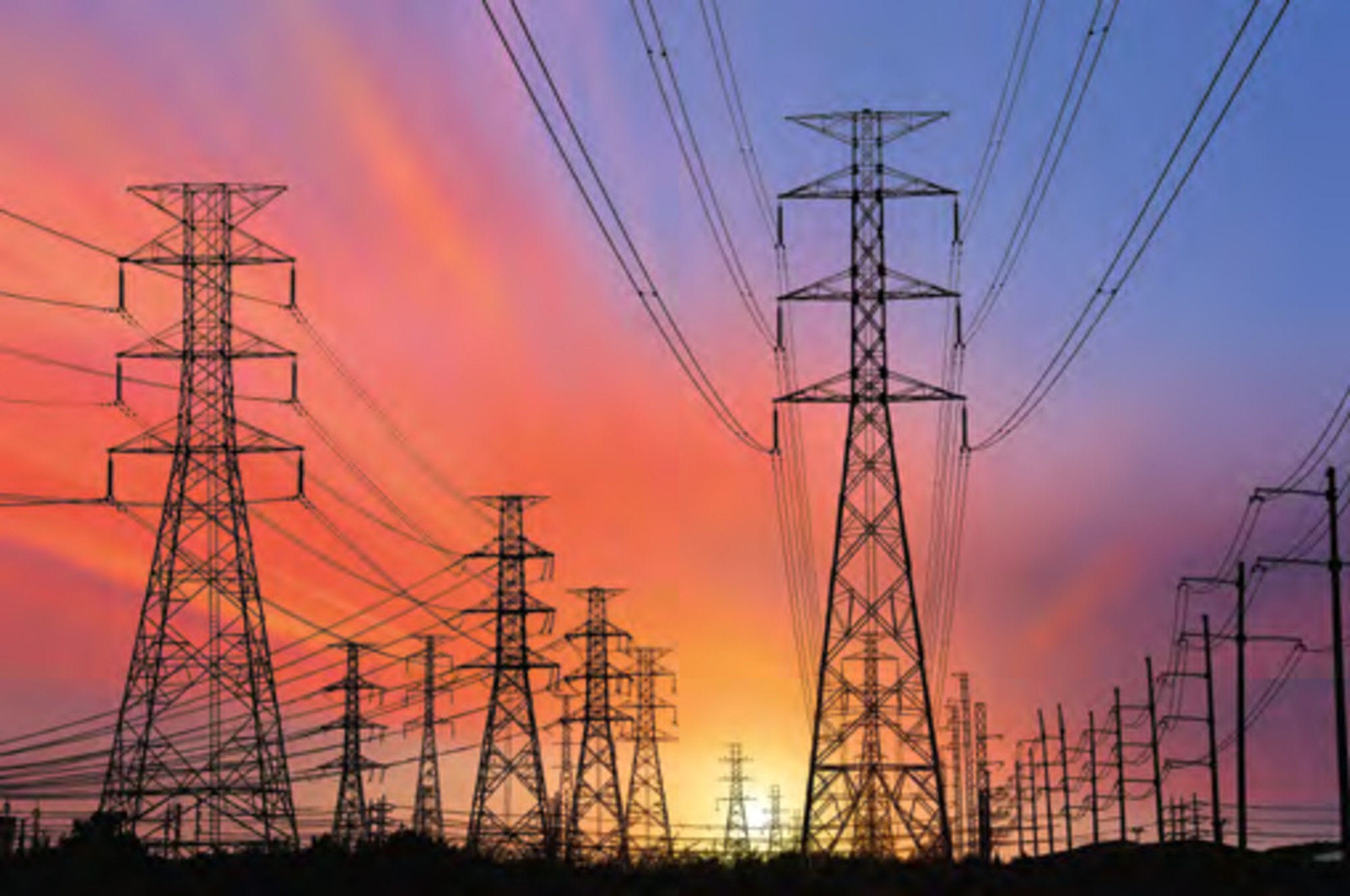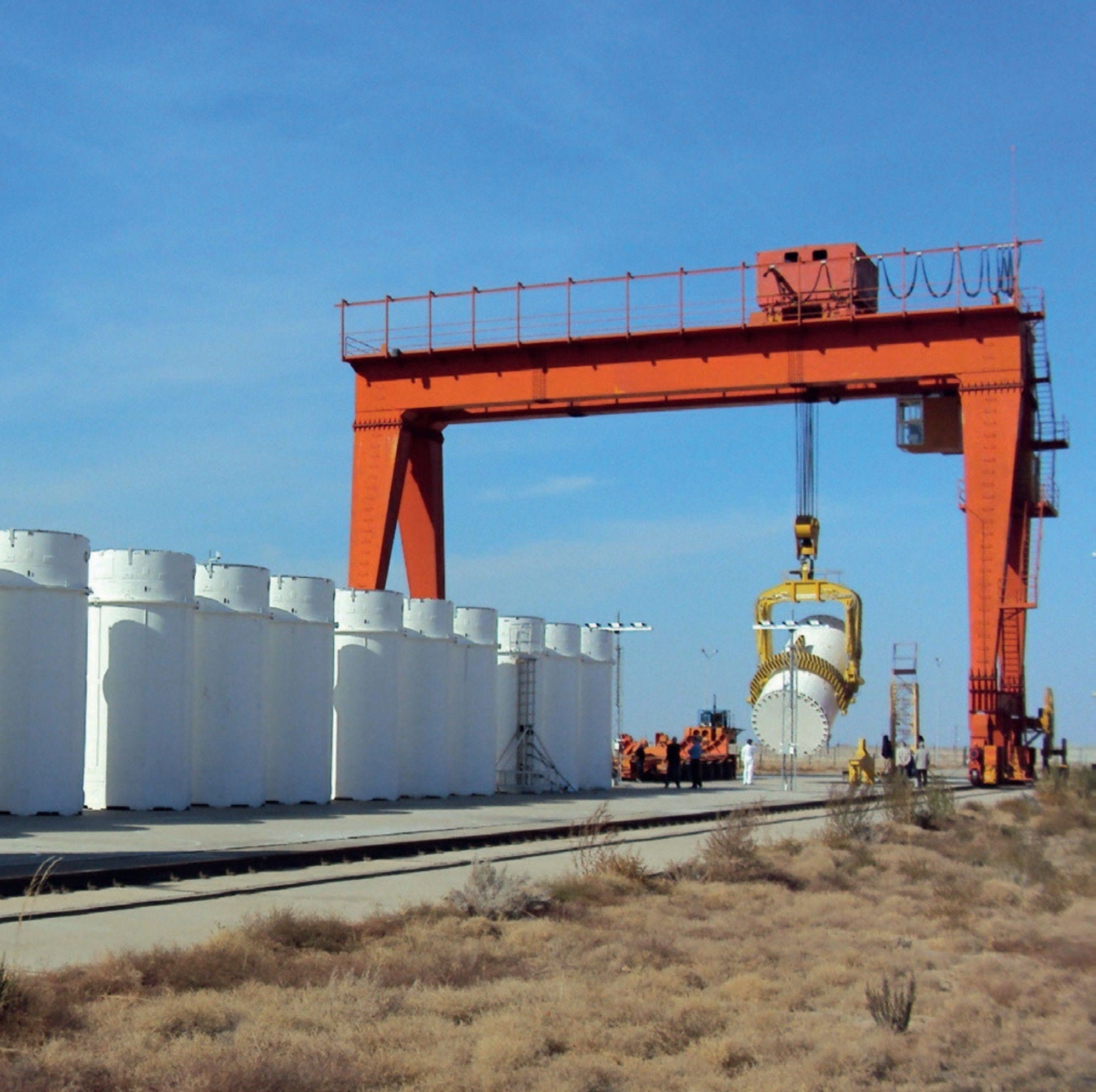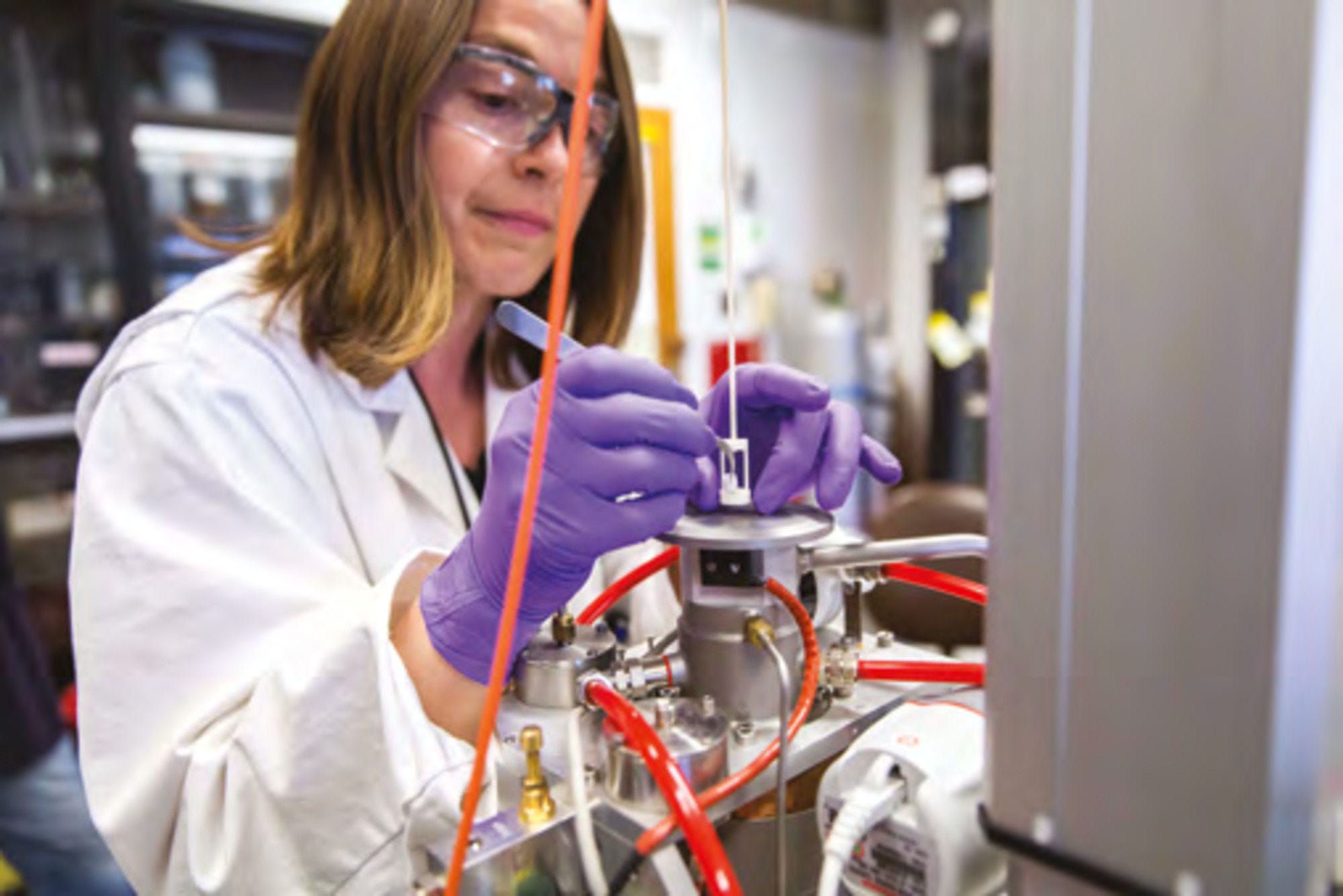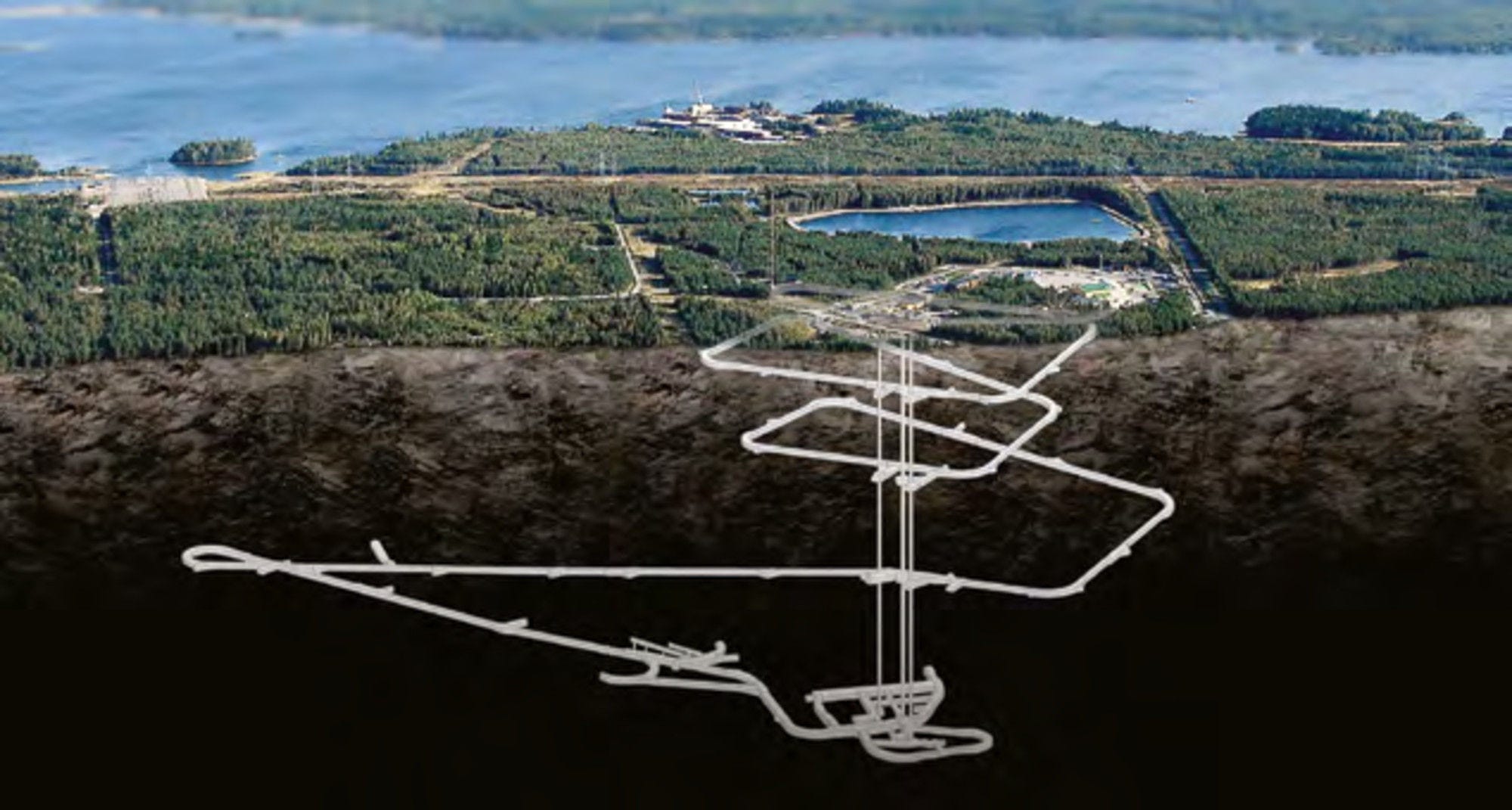The existing nuclear fleet remains the largest low-carbon source of electricity generation in OECD countries. In 2021 the average nuclear power plant had already been operating for 31 years and some 30% of reactors worldwide were already operating under long-term operation conditions. The long-term operation of this existing nuclear capacity will be essential over the next decade to keep decarbonisation targets within reach. At the same time, by keeping the long-term-operation option open, countries could also reap a wide-range of socio-economic benefits including more affordable and secure electricity supply. Nevertheless, an increasing number of reactors are being shut down earlier than expected due to policy decisions and increasing market pressures in some regions.
In light of these trends, this study takes a holistic approach to identifying the key enablers for long-term operation of nuclear power plants. The attractiveness of long-term operation lies in its technical maturity, cost-competiveness and ease of implementation: it is a high-value option to support the energy transition while minimising potential risks along the way.

